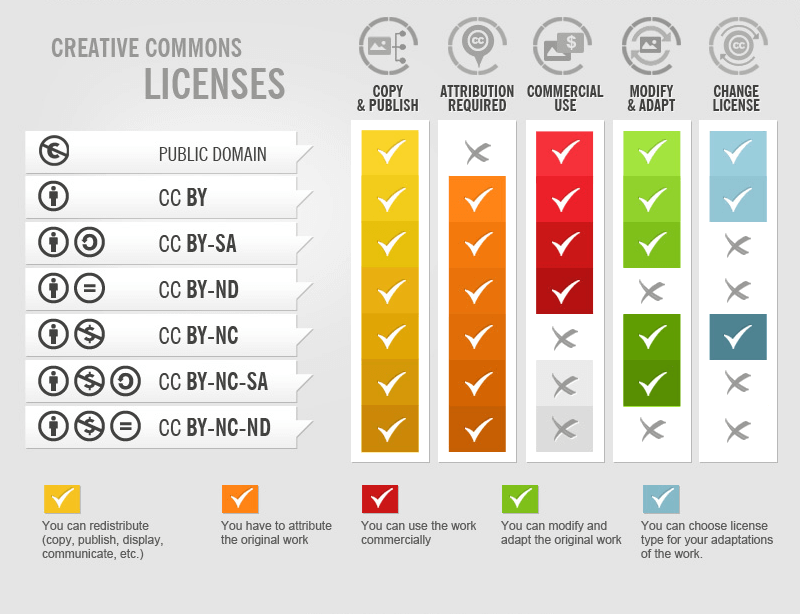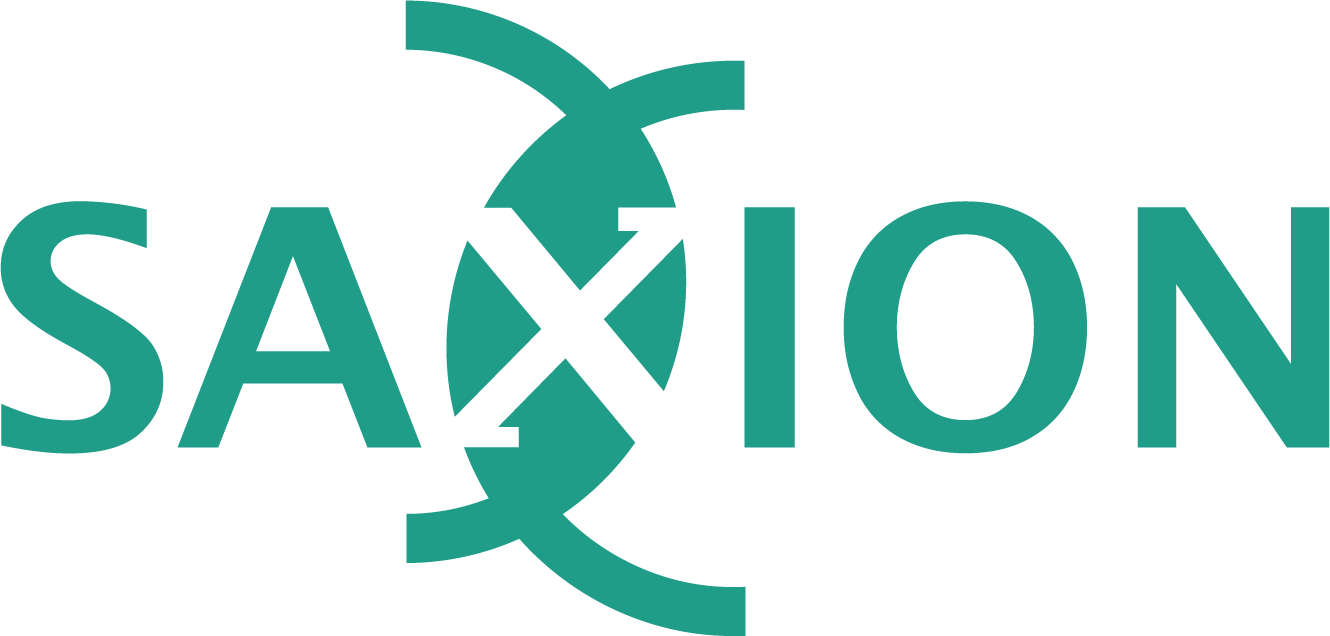Does it take you more time to find useful learning materials than to make something yourself? Do your search terms fail you in Google? You found OER but don’t know how to proceed? In three steps, we explain how to search and find, rate and reuse OER.
Step 1: search and find
The large number of OER makes it difficult to find relevant and qualitative materials. For this reason the Teaching and Learning Centre (TLC), in collaboration with the Saxion Library, has searched for available OERs. Within a number of generic basic subjects we have compiled a top 10 which can be found on this website at the menu item Top 10 OER.
If you would like to search for OER yourself, you can use the search engines OER Commons, OASIS, or the ‘SURF zoekportaal‘. Of course, you can also contact Saxion Library if you would like support in searching for and finding OER.
Step 2: assess
Next, you will assess the material that you’ve found. Is the material usable and what can you do with it? As a lecturer, assess the quality and applicability of the material. Does it fit with the goals and form of your teaching? For a more systematic assessment you could, together with colleagues, create a quality model for the assessment of material. A quality model is a list of criteria with which learning materials must comply if they are to qualify as ‘suitable for purpose’. You can use the Roadmap Quality assurance of Open Educational Resources for the joint creation of a quality model.
Regardless of where you obtained the material, you should first check the licence on the material. If the material is not licensed, you may not use it. You can, of course, ask the owner for permission. You can always insert a link to the material or embed the material because then you are referring to the source. If the material does have a licence, you can see exactly what is and is not allowed. For a Creative Commons licence, there are the following options:

Step 3: adapt
If you adapt Open Educational Resources for your own teaching, you must provide them with a source reference, except for materials with the Public Domain licence. For resources with other Creative Commons licences, you need to add a reference to the source of the element. Add at least the author, year of publication or date of visit website, title of the source and link to the source. See, for example, the bottom of this page.
If you are going to use the existing or collated learning materials in your own teaching program, think carefully about the licence. What if you use different sources with different licences in a single document? You can take over the source’s licence for each component and therefore also provide a licence for each component. If you want to apply 1 licence to your work, you need to put all licences side by side and assess what is possible. For example, if one source prescribes that the material may not be used commercially, then your composite product may not be used commercially either. Consult with your copyright specialist from Saxion Library to determine which licence your work needs.
This text is a derivative of Using other people’s open educational resources of Introduction to open educational resources provided by SURF with a CC BY 4.0 licence.
